Hearts Of Iron IV: The Re-Review
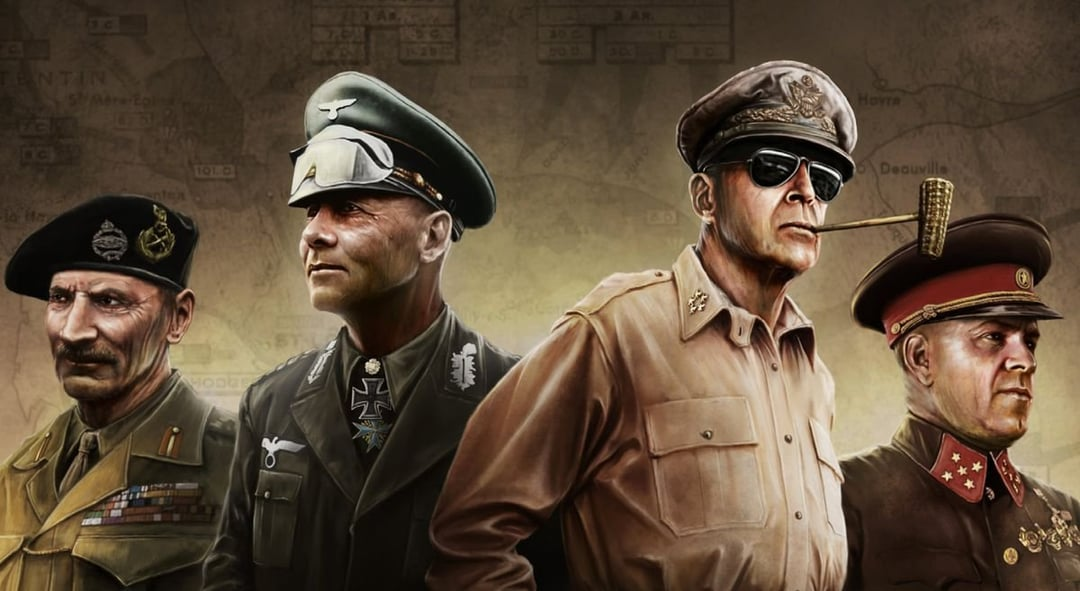
In 2016, Paradox released the grand strategy Second World War game Hearts Of Iron IV. I have spent huge parts of the last five years playing this game, through updates and expansions, and I think in 2021 it’s as important, and even better, than it was at launch.
Older readers may remember I’ve done some big strategy game re-reviews before, for games like Crusader Kings II and Civilization V, assessing how years of additions and tweaks have changed our experiences of the game, and indeed the genre they sit in along with them. I’m doing one here for HoIIV for the same reason: it’s a big strategy game that has bloated, evolved and turned into something much bigger and more ambitious than it was in 2016, and so is worth revisiting.
Before we get really into it, and as a means of introduction if you’ve never encountered the series before, I’ll repeat what I said back when I first reviewed it: it’s a strategy game like no other. Set in a world where war is the only thing you can really do, HoIIV asks players to manage the entire war effort, which means you’re not only in charge of the actual fighting, but everything around it and everything leading up to it as well. This means you’re responsible for the recruitment of troops, the construction of factories, trading for rare resources, infrastructure improvements, diplomacy and the manufacturing of specific weapons and vehicles.
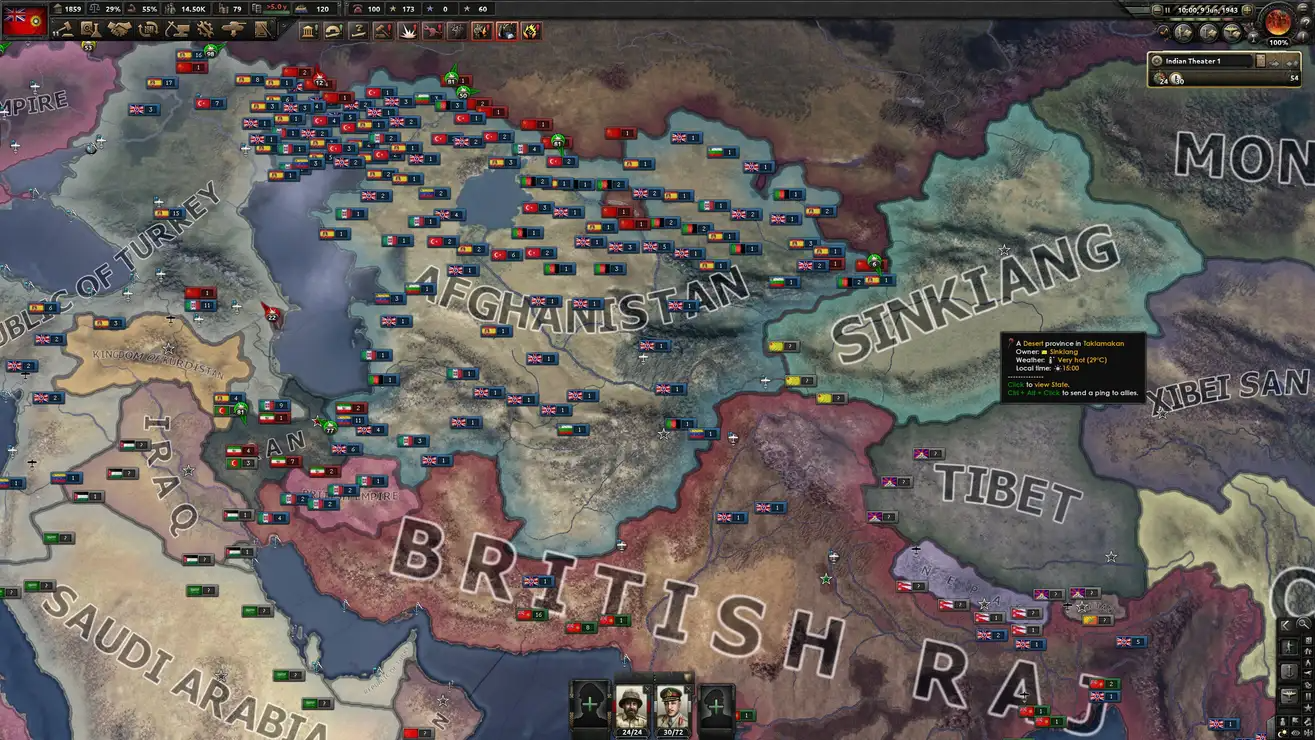
That was exhausting to simply type, let alone play through, and I fully appreciate that—as is the case with many Paradox games—HoIIV both looks and sounds utterly overwhelming. The difference here is that while I’ll often tell people they can persevere and get help understanding games like Crusader Kings, here I’ll do no such thing. This is a dense game, and is definitely not for everyone, especially if you’re after things like nuanced diplomacy or more granular control over your armies in your strategy games.
But if the prospect of controlling an entire war effort sounds amazing to you, no matter the human and mental cost of learning how to grapple with such a task, then yes, stick with this. Start with a smaller nation, read/watch guides and learn, because if the premise and subject matter appeal to you at all then this will be more than worth it. Because for all the praise I’ve lavished on Crusader Kings on this website over the years, I’ve actually played a lot more of HoIIV.

There’s just so much to it. So much to get lost in, to come back to over and over again. Hearts of Iron IV drowns you in buttons and systems, intimidating new players but eventually granting experienced ones the ability to fine-tune almost every aspect of their war effort. For instance, how a division is put together: How much support artillery do you need? Does everyone need a truck, or can some people leg it? And which individual guns do you need on each ship?
Its campaigns, which can last for dozens of hours at a time (depending on just how hands-on you decide to get), are never short on matters requiring your attention, and it even lets you choose to start your game, from 1939 (with everything lined up already for war) or 1936 (giving you a few years to line things up yourself), meaning an already-lengthy game can be prolonged even further, and let you leave a much greater mark on it.
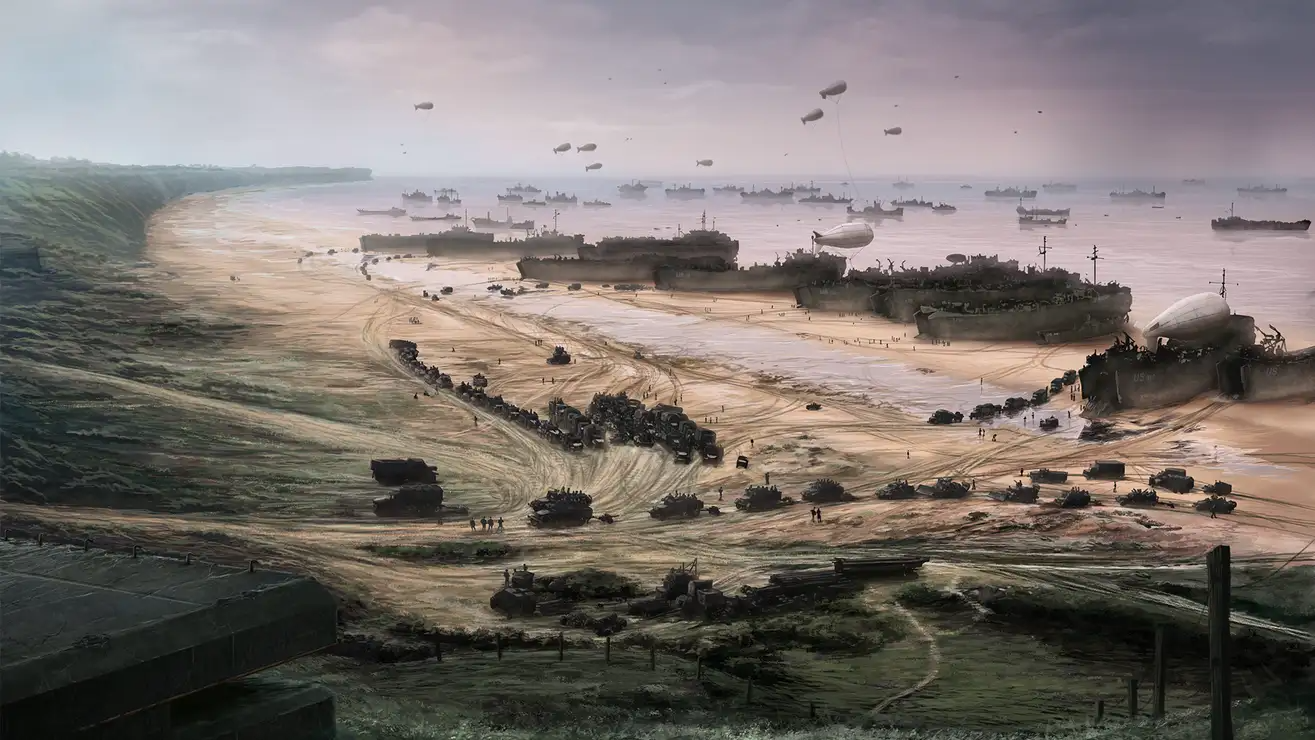
All that depth and length isn’t there for the sake of it, though, as everything you adjust and slide and click serves a purpose and will be reflected on the battlefield. Sometimes in minor ways, sometimes in ways that can shape the entire war.
And what a war it can be. At the flick of a very big switch at the start of every game you’re able to turn off HoIIV’s “historical AI,” creating one of video gaming’s great alternate history sandboxes, giving players seemingly endless ways to start a war and then even more ways to fight one.
Turning it off—and it’s a must, because who wants to play through the actual war, we know how that one ends already and we’re telling stories here—gives you a completely different world, and thus world war, every time. In my last game as Germany, I overthrew Hitler, won a brief but bloody civil war to install a democratic government, invaded and conquered Italy (after they had the nerve to attack me first) then somehow ended up allied to Britain while we fought a megalomaniacal...France.
Every game is like this! Just one madcap turn after the other, as Italy allies with China, or Poland overruns the Baltic before taking out an unsuspecting Soviet Union. Who knows what my next game as Germany might involve; maybe I’ll bring back the Kaiser, try and fail to invade Mexico, then end up bogged down in a jungle war in South East Asia.
If you’re into historical fanfiction—or really, just story-telling at a strategic level in general (something I’ll talk more about later)—then Hearts of Iron IV is up there with the very best of them.

Pretty much everything I’ve just discussed was already part of what made the game so good at launch though, all the way back in 2016. So what’s changed since? What warrants a whole second review looking at how different the game is in 2021? As usual with Paradox’s grand strategy titles, a whole lot. Hearts of Iron IV has become much bigger through constant updates and expansions, sometimes to its benefit, other times to its detriment.
The additions to the game have tended to come in three varieties. The first is the easiest and the most seamless to slide right into the experience, and it’s just more stuff to fight your wars with. More varieties of 3D tank model to display on the battlefield, more accurate depictions of American fighters, that kind of thing. If we were talking about a fighting game, this is the part where we’d be talking skins.
The second has been expanding and improving the way players are able to shape their story. In HoIIV you’re given the ability to customise the way your country developers by implementing national policies, which works a little bit like a choose-your-own-adventure and a little bit like a tech tree (though the game also has actual tech trees, which are handled separately). You can take a democratic and isolationist United States in 1936, for example, and turn it into a fascist state hell-bent on allying with local warlords and conquering China. If that’s what you’re into, anyway.
Or you could let women serve, or focus on infrastructure at the expense of naval construction, or go hard on atomic weapons research, or choose from any number of individual narrative options that have been tailored specifically for the dozens of playable nations available to you at the start of the game. In 2016 these options were relatively limited and primitive; as time has gone on, major factions have seen their possibilities expanded upon and smaller nations like Australia, originally lumped with a boring, standard template, given tales of their own.
These are easily my favourite improvements to the game, as the more there are and the deeper they run, the more you’re empowered to take the game into weird and wild places. My last Germany game, the one I was talking about above, was littered with bizarre but helpful little decisions like “just acknowledge Britain rules the seas and we’ll get on with our lives” and “maybe we can invade Switzerland instead of Belgium to get around the Maginot Line because nobody is going to expect that”.
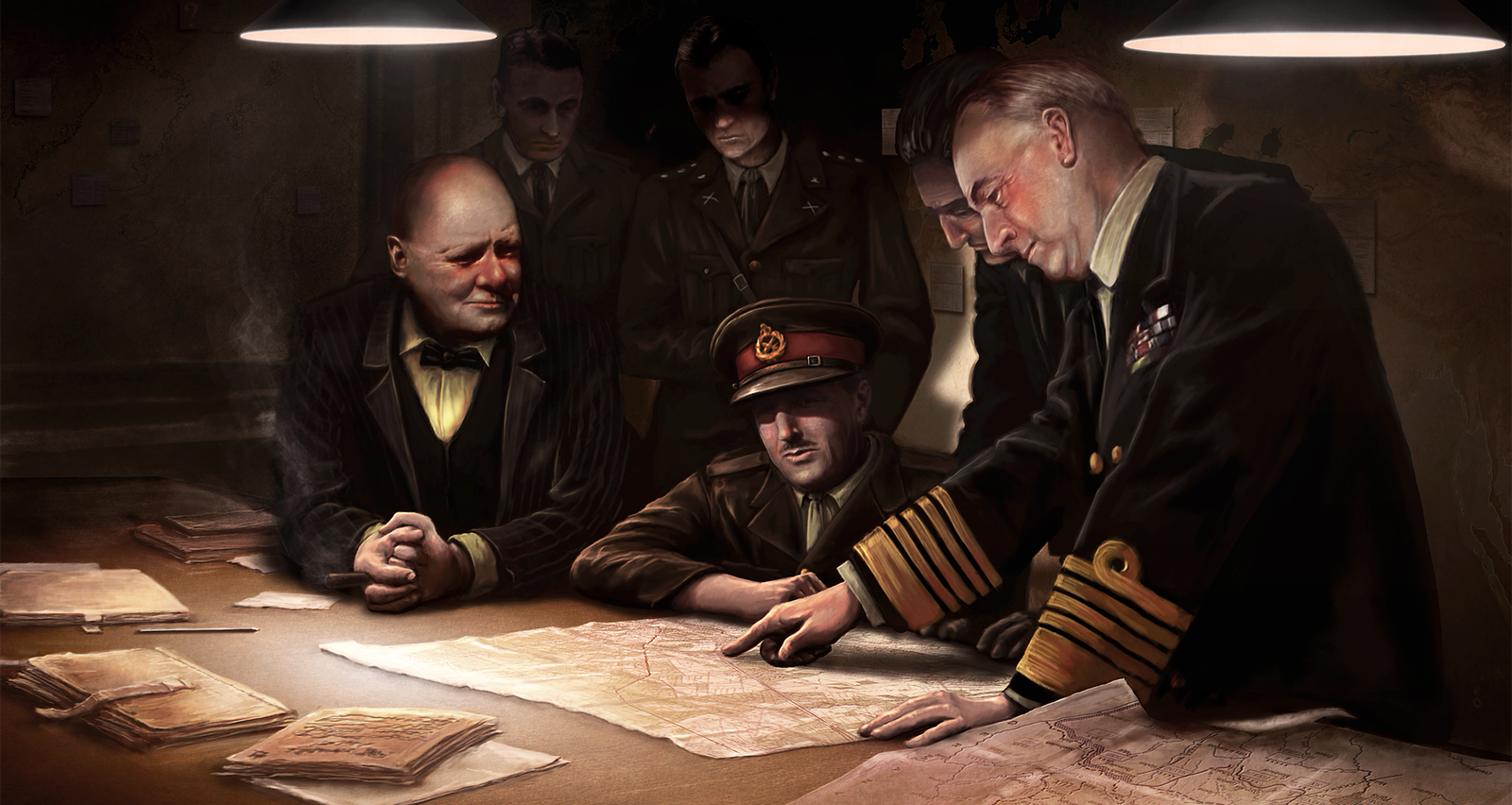
It’s generally the case with HoIIV that the more of these branching opportunities there are, the more interesting and varied your own storylines become, but as you play—and the AI starts randomly wandering down each of these pathways for every other nation in the game—the more unpredictable and unique the world itself becomes each game as well.
For me, that’s what these big strategy games often become. Civilization, Total War, these Paradox titles, they’re not really about the minute-to-minute tasks available to you, or the puzzles involved with cracking an enemy position. What endears them to me most are the stories they tell through their broader strategic brushstrokes, every new game an opportunity to see a new war unfold, with new drama, new heroes and villains, and the world reshaped in a fascinating and unique way each time.
You can play as the USA ten times the same way and experience ten different wars. Maybe you’ll be Europe’s liberator, maybe you’ll invade Brazil, maybe Mexico will attack you when you least expect it. Play as the USSR and you’ll run the full spectrum from Nazi beaters to Japanese colony. Play as Britain and you can embrace the dawn of the modern world or wind the clock back 300 years.
I am five years into this game and I have never fought the same war twice.
The third and final way Hearts of Iron IV has changed has been the addition of major new systems, most notable alongside big, paid expansions. This, despite the effort and scale of the alterations they’ve made to the base experience, have I think been the least successful. This was already a very big game, and making it bigger—in terms of giving you more to do and watch over, when that was already borderline overwhelming—has often sucked.
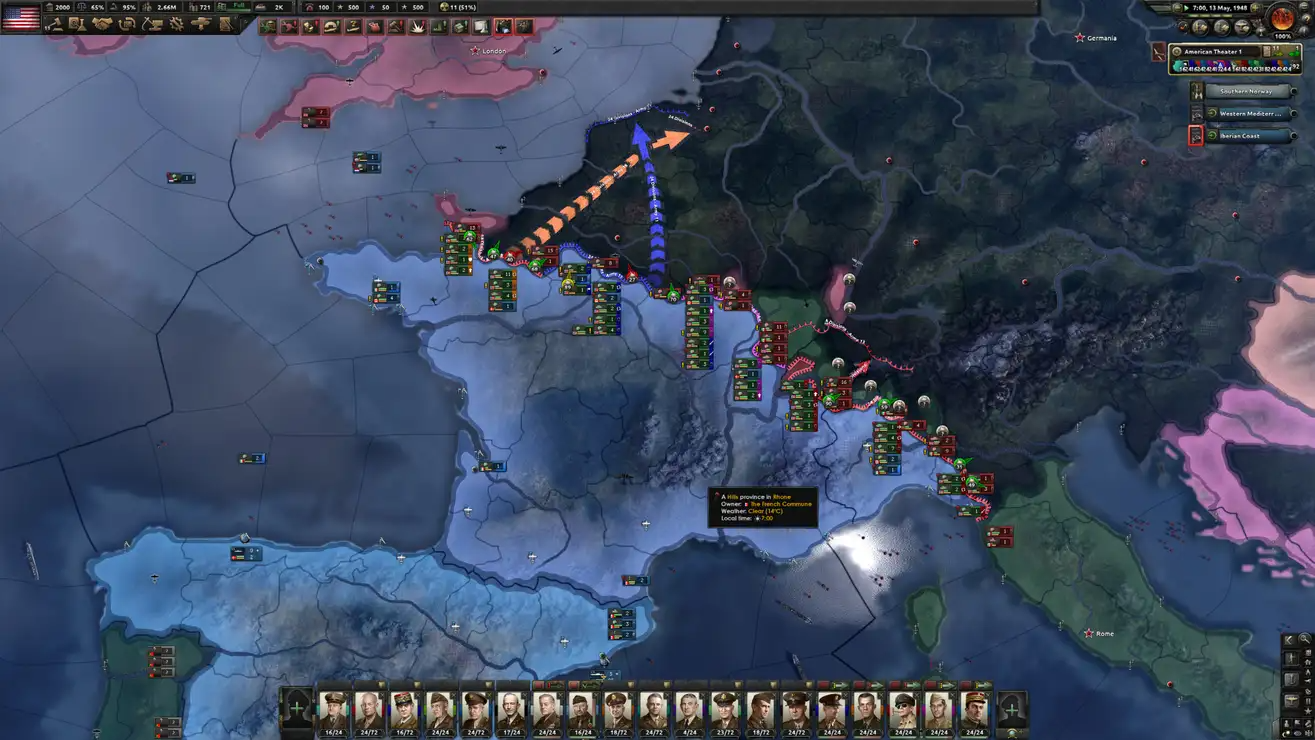
Man the Guns, the big expansion that was supposed to fix the game’s underwhelming naval system, only made it worse. La Resistance, a more recent expansion that introduced a whole new layer of intelligence and espionage gameplay by giving the player spies to recruit, has a personal scale that feels bizarrely at odds with the rest of the game’s god-like vantage point.
Indeed the most successful expansions have been those like Together for Victory, focused on Commonwealth and Imperial forces, and Waking the Tiger, which fleshed out the war in China, where most of the emphasis was simply on improving the breadth and depth of those faction’s story-telling options.
Luckily anyone picking up the game today has the option to disable certain gameplay elements and additions, so if like me you’re not feeling some of the deeper and more nuanced newer parts of the game, you can just disable them before beginning a new war.

As I’ve already said a couple of times already, the real strength of this game—and of most big strategy titles—is in its story-telling, and what the game ships with at retail is great. What you can add to it through five years worth of mod development, though, is staggering.
We don’t normally talk about mods in game reviews because they’re not part of the game, but five years on, it’s impossible not to talk about them here, and the way they’ve been able to add further depth and flexibility to the experience than was already present.
The game’s peace treaty system, for example, has never quite worked quite the way I’d have liked it to, so I just use a mod that lets me control the whole damn thing. Fans have created fantastic custom unit illustrations for even the most obscure naval bomber and truck. And there are so many other quality-of-life improvements that have been made to the game because fans have come up with them, and the game has so easily been able to support them via Steam Workshop and Paradox’s own proprietary launcher.
But nothing has been as impressive, or as transformative, as the game’s big mods. The ones that take Hearts of Iron IV and transform it into something else entirely, with new stories, new factions and sometimes even new maps taking players to fantastic, fictional settings, from Fallout to Star Wars.
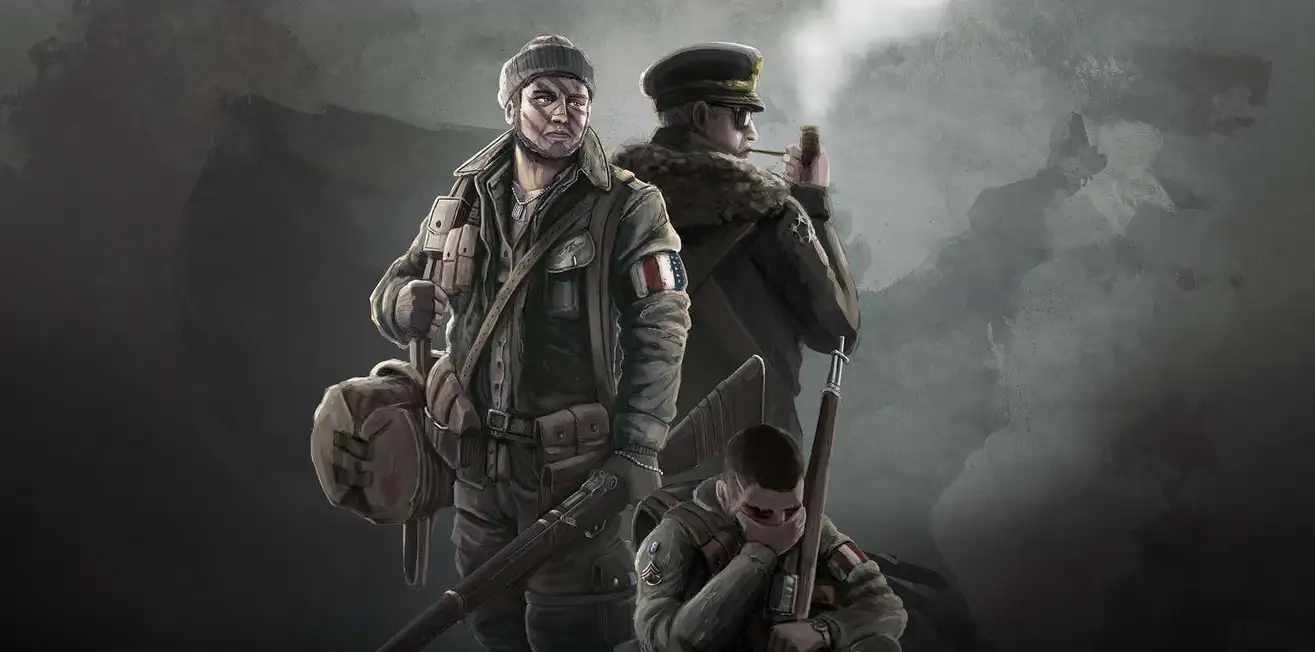
Nowhere has this been more entertaining than Kaiserreich, a long-running series of mods that has grown so enormous (and enormously popular) that it spans three games and has built up its own universe of fiction, complete with accompanying merchandise.
Set in an alternate 20th century, one where the Central Powers won the First World War and the worker’s revolutions took place in the West, playing Kaiserreich is like playing a whole new game, in the same way Creative Assembly frequently spin their Total War wheels in between major releases.
I’ve written extensively about the mod before, but I just can’t stress enough how much this—and other major mods like Millennium Dawn, which is set in the 21st century—have added to the Hearts of Iron IV experience. Most of the credit here of course goes to the creators of the mods themselves, and their years of planning, writing and testing, but their success is also Paradox’s success, a testament to how strong Hearts of Iron IV’s underlying systems are, and how easily mods have been able to build on the core experience and help it become so much more.

Which all leads us to this: after five years of tweaks, updates and mods, what makes Hearts of Iron IV so special, and such an improvement on how it was looking back in 2016?
It’s not merely the fact the game has got bigger, or deeper, those are quantitative facts that without context mean almost nothing. Loads of strategy games have loads of buttons and menus are terrible, and some of Hearts of Iron IV’s deepest systems are also its most boring and ineffectual.
What sets Hearts of Iron IV apart is the way those systems and settings all tie together (for the most part, successfully) to create a huge sense of accountability. When you’re in charge of an entire war effort, who else is there to blame when things to badly? Or praise when it all goes to plan?
It’s just you. Every division that’s out there, every General responsible for an army, every gun in a soldier’s hands and how much fuel and ammo they’ve got at their disposal has been up to you. Where you put them, what kind of tanks are helping them out, how much air cover is up there and how advanced any of that technology is. All you.
There’s nowhere to hide when it all goes to hell, then, but when it all comes together and you win a war, well. The sense of pride is just immense. I took this country through the turbulent 1930s, I got its industry ready for war, I enlisted its best and brightest and then I took everyone and everything through the biggest war this planet has ever seen.
As deep as the game has run, and as challenging as it is to both learn and then drag through a war, it’s all worth it when its story has run its course, its villains vanquished and its victors triumphant. Then as soon as the dust has settled you can jump straight back in, telling a new story with a new country, and meeting a whole new cast of allies and enemies.
That was all true in 2016, but over the last five years has only become more established. The more control we’ve been given over Hearts of Iron IV’s stories, and the more ways we’ve been given to tell them with new systems and expanded national possibilities, the better this game has become, because those were already its greatest strengths and they’ve been endlessly built on since, by both Paradox and fans.
Hearts of Iron IV isn’t a game that gives you a gun and asks you to fight a war. It gives you a war and asks you to win it.
This piece was originally published on Kotaku in July 2021

